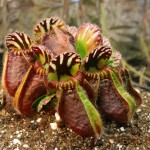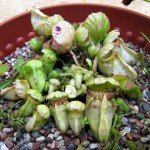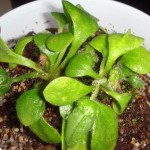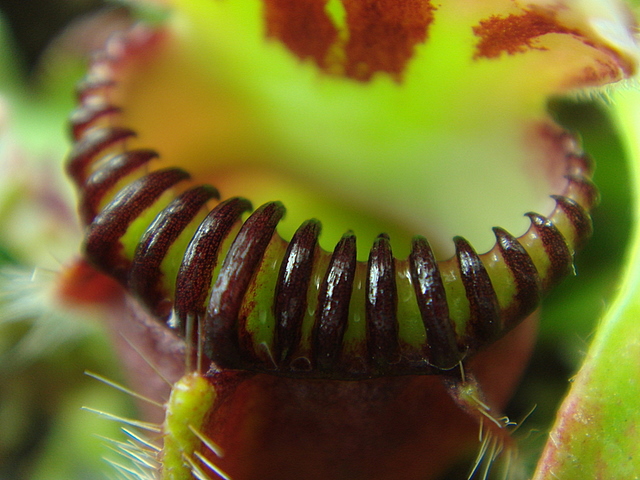WHAT ARE CEPHALOTUS
Cephalotus or more commonly known as Albany Pitcher Plants or Australian Pitcher Plant are monotypic plants, meaning there is only one species in this genus. The name Cephalotus translate as “the sac-bearing, headed one” referring to the structure of the flower and leaf.
They are small plants that produce elaborate designed pitchers with bright reddish coloration about 1-3 inches high. This is a very rare plant in cultivation and very much sought after by plant enthusiasts.
Australian Pitcher Plants produces 2 types of leaves. During spring when the days are longer, they produce non-carnivorous leaves, but in summer they produce traps that capture insects. The plant slows down its growth or completely stops its growth entirely during winter.
HOW DO THEY CAPTURE INSECTS
Australian Pitcher Plants incorporates many of the tactics in a pitfall trap that are also utilized by Tropical Pitcher Plants and American Pitcher Plants. Its pitchers are shaped very similar to a Tropical Pitcher Plant except for the fact that it is more elaborate. Insects attempting to feast on the nectar on the collar overhanging the mouth of the trap find it difficult to hang on to the slippery, curving teeth. Some may slip and fall into the pitcher and become food to the plant.
The lid on its pitchers incorporates the translucent light windows that are also found on the Parrot Pitcher Plant (S.psittacina) and the Hooded pitcher Plant (S. minor). However, it was suggested that these light windows are not to confuse the insect from escaping but to allow light to shine into the digestive juices in the trap making it more appealing to unsuspecting insects.
WHERE CAN I FIND CEPHALOTUS
Albany Pitcher Plants grow in clusters under partial shade on wet open areas. They grow in a mix of peat and sand. They are found only in a narrow coastal strip around Esperence Bay in extreme south-western Australia. The climate here is Mediterranean-like with warm, dry summers and cool, wet winter.
Find out more
For more information about Cephalotus, check out the disccussion board here.





